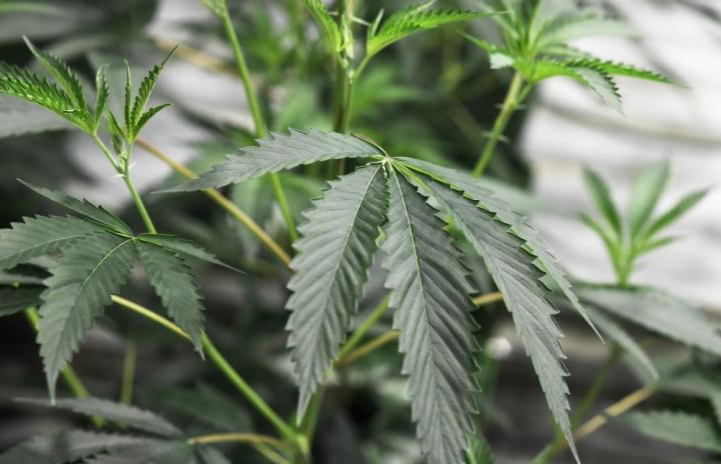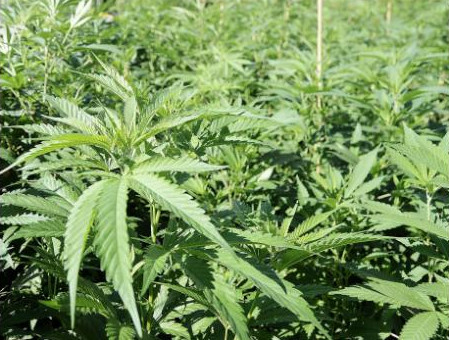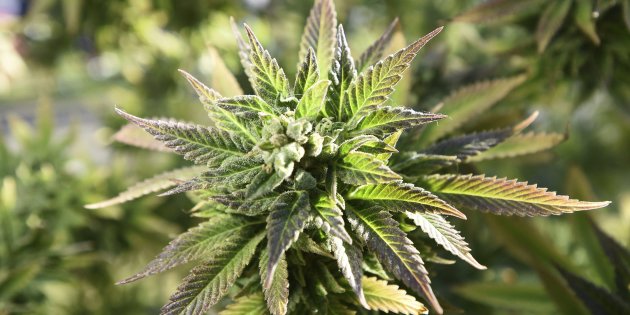Today, it is much easier to obtain cannabis legally. In the last twenty years or so, twenty-three states, including the District of Columbia, passed laws which make it legal to utilize cannabis for medicinal purposes. Advocates believe that this has made it possible for many with severe medical conditions to get an efficient and safe therapy. On the other hand, opponents argue that such benefits are inflated and that the proponents fail to acknowledge the risks of marijuana. Mostly, they claim that the use of medical marijuana is an excuse to enable the use of cannabis for leisure purposes.
Both ends have a point. However, research exists that can assist in clarifying what people know and do not know about this substance. A recent review published in the American Medical Association journal examined randomized control trials of marijuana to treat medical ailments. They discovered seventy-nine trials which involve more than 6,400 individuals. Many of these trials showed improvements in symptoms, although most of them failed to attain any statistical significance.
Medical marijuana was linked with impressive improvements in the resolution of vomiting and nausea as a result of chemotherapy. It also helped in alleviating pain for patients suffering from conditions that caused pain. It was shown to minimize pain ratings by almost half a point on the ten point scale, and to minimize spasticity in paraplegia or multiple sclerosis in a similar way.
These are not insignificant results as they are supported by different research which has confirmed that cannabinoids and marijuana can assist with refractory pain. But many researchers insist that the substance should be taken into consideration only when other medications and treatment therapies have failed.
Apart from that, there are also some side effects of cannabis to consider. They include dry mouth, dizziness, nausea, drowsiness, fatigue, confusion, disorientation, hallucination, and loss of balance. Moreover, there is a potential for abuse of the drug. These side effects need to be measured against the benefits. Honestly speaking, there is no way the FDA would approve any other substance with these kinds of side effects and with relatively scant evidence, mainly from insufficient studies relating to matters of the human health.
Of course, claiming that no evidence about marijuana’s significance exists is not the same as claiming no evidence can be found. For a long time, the U.S. federal government has made it impossible to study the use of marijuana. The Drug Enforcement Administration in the United States has classified cannabis as a Schedule 1 drug. This classification means that the substance lacks medical value and has a great potential for abuse. Although researchers jumped through hoops to get their research approved, it was difficult for them to get access to the drug.
Despite these difficulties, promising research continues which might support the possible use of cannabis in certain places. For other illnesses, there is a need for further research to justify their prescriptions. However, should marijuana be legalized, it is likely that these debates will fade, as was the case with alcohol.













